Optimal Timing for Window Installations
Choosing the right time for Windows installations can impact system performance and minimize disruptions. Planning ahead ensures compatibility with other scheduled activities and reduces the risk of technical issues. Understanding seasonal and workload patterns can help determine the most suitable period for installation projects.
Spring and fall are generally ideal due to moderate weather conditions, reducing the risk of environmental disruptions.
Late mornings or early afternoons are preferable, as it allows for full work days and avoids early morning or late evening hours.
Scheduling outside of peak operational times minimizes downtime and ensures smoother installation processes.
Timing installations after major system updates or hardware upgrades can improve compatibility and performance.
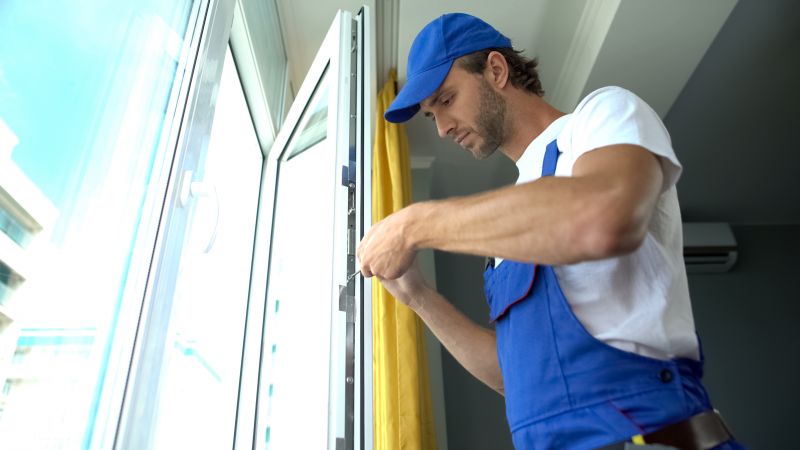
Spring offers moderate temperatures and longer daylight hours, ideal for installations.
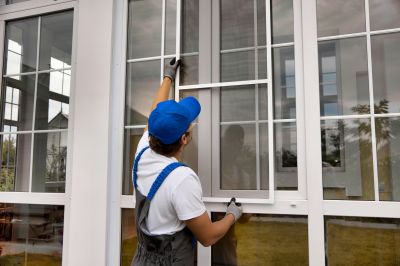
Summer may pose challenges due to heat and humidity, but early morning or late evening work can be effective.
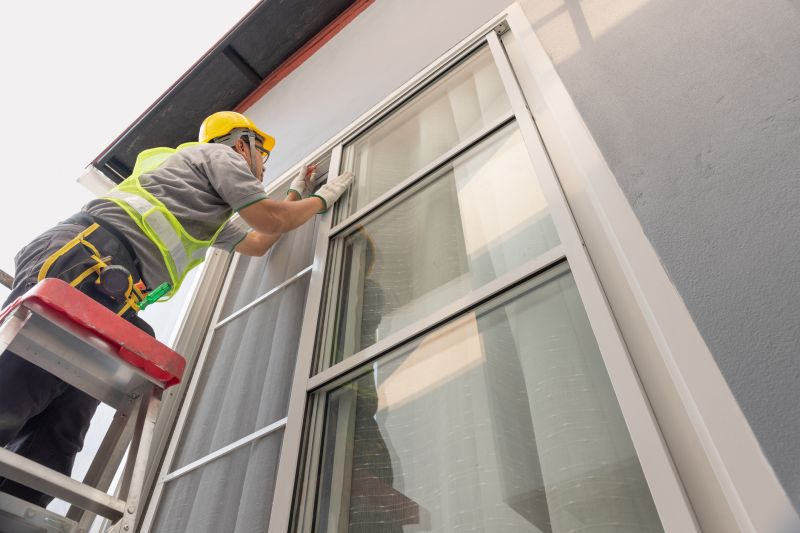
Fall provides cooler temperatures and stable weather, reducing installation risks.
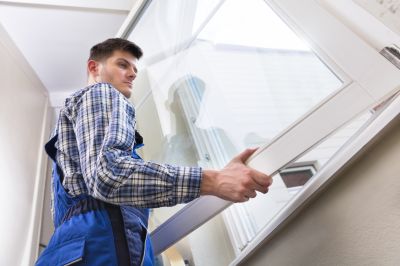
Winter installations require planning around potential weather delays and indoor conditions.
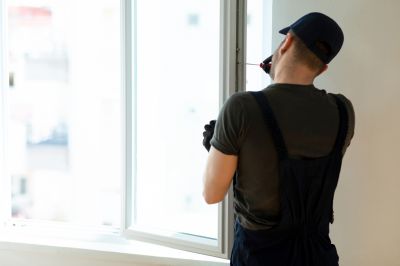
Completing installations during daylight hours ensures better visibility and safety.
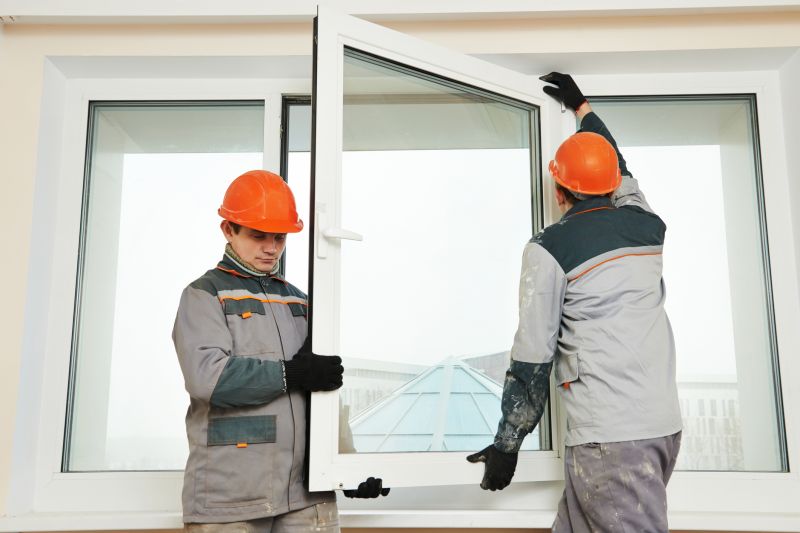
Scheduling during less busy periods minimizes operational disruptions.
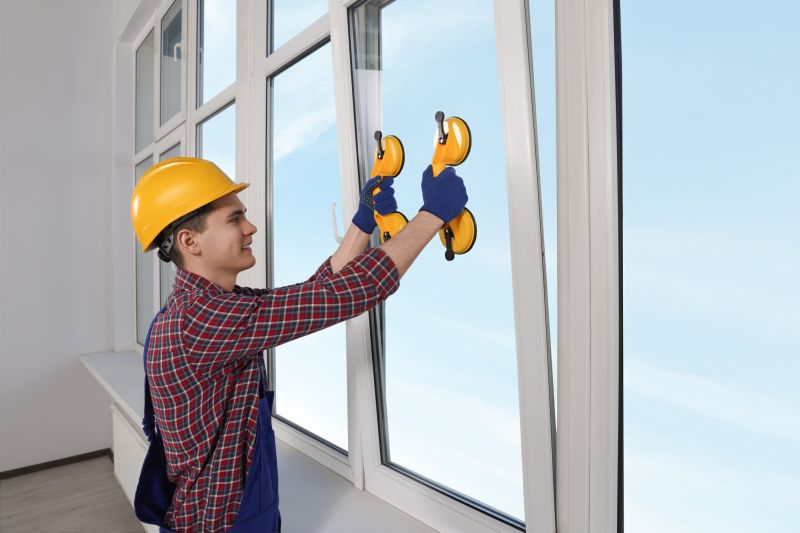
Timing after hardware upgrades can optimize system performance.
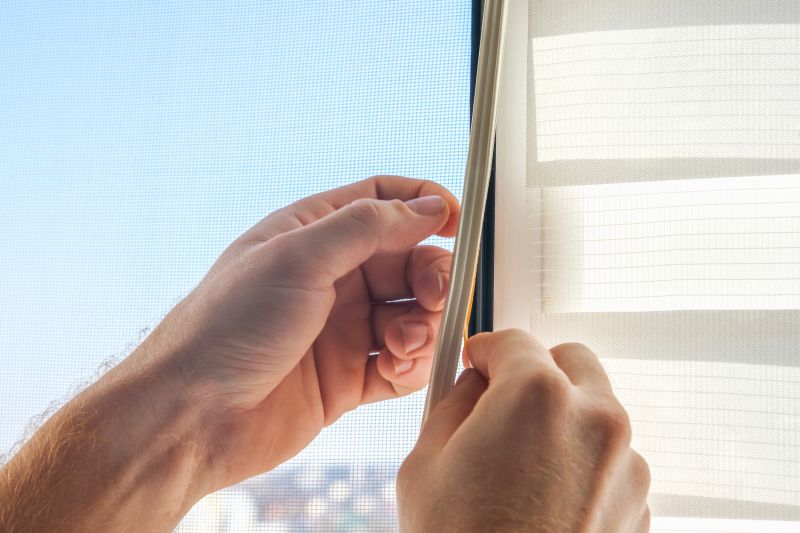
Preparing for weather conditions ensures timely completion regardless of seasonal challenges.

Indoor installations are less affected by weather but still benefit from optimal timing.
| Season | Advantages |
|---|---|
| Spring | Moderate weather, longer days, ideal for outdoor and indoor installs. |
| Summer | Extended daylight hours, but requires planning for heat and humidity. |
| Fall | Cooler temperatures, stable weather, suitable for scheduling. |
| Winter | Indoor installations preferred, weather delays possible. |
| Off-Peak Months | Less busy periods for minimal operational disruption. |
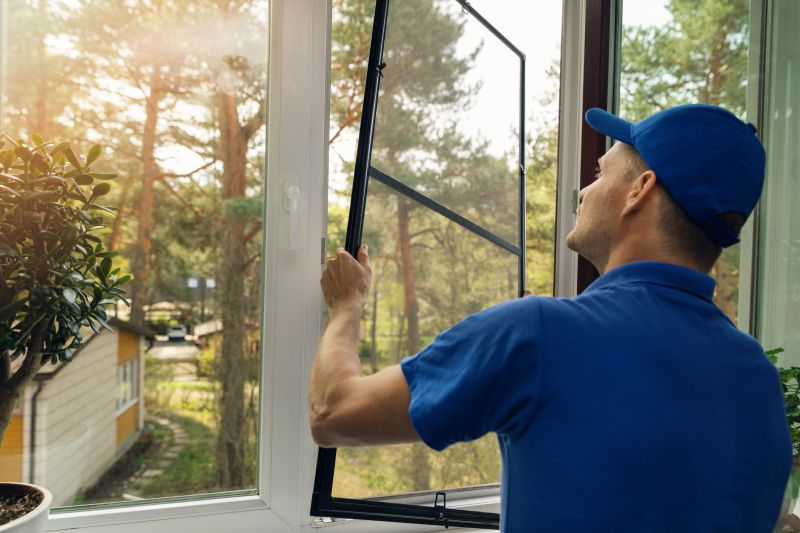
Indoor installations are less affected by weather and can be scheduled year-round.
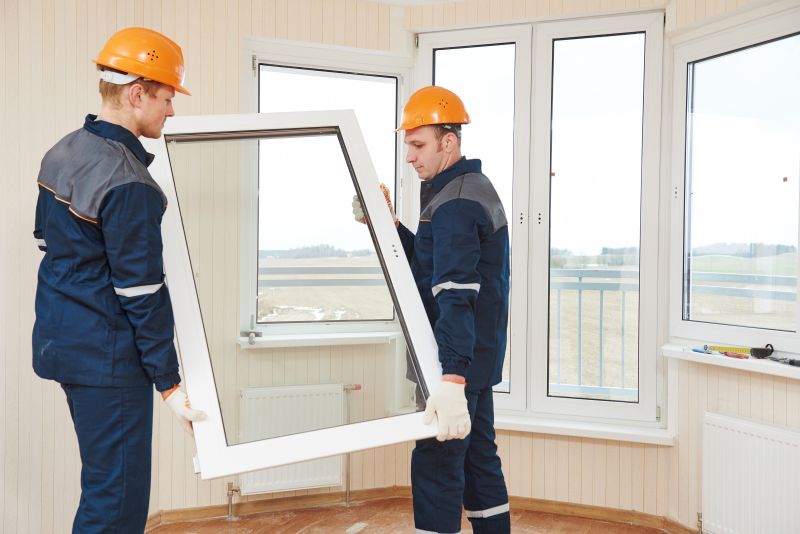
Outdoor installations require favorable weather conditions for safety and quality.
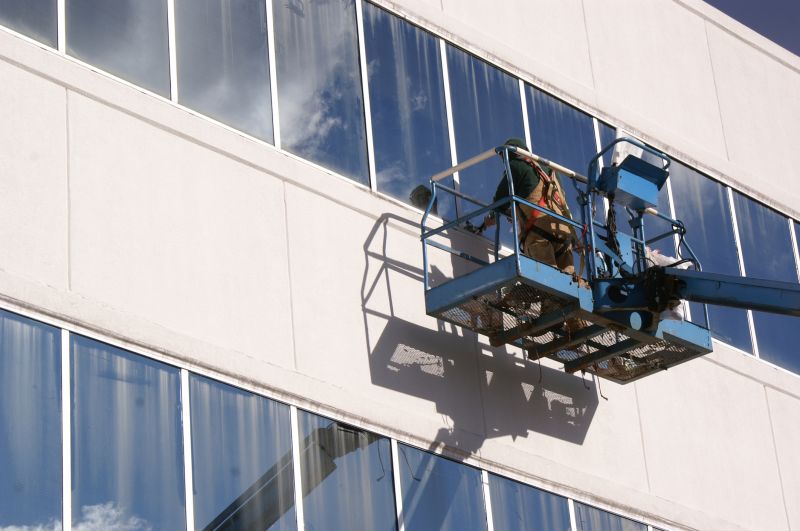
Weather delays are common during extreme seasons, emphasizing the importance of planning.
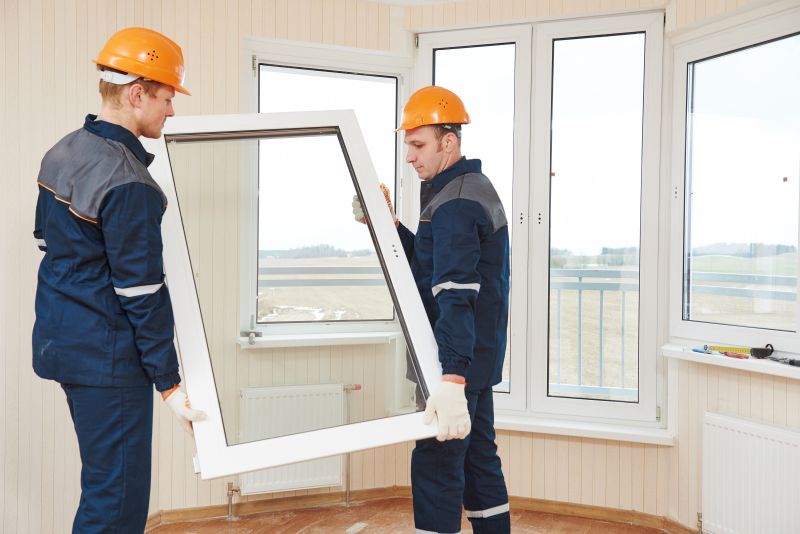
Controlled indoor environments support smoother and faster installation processes.
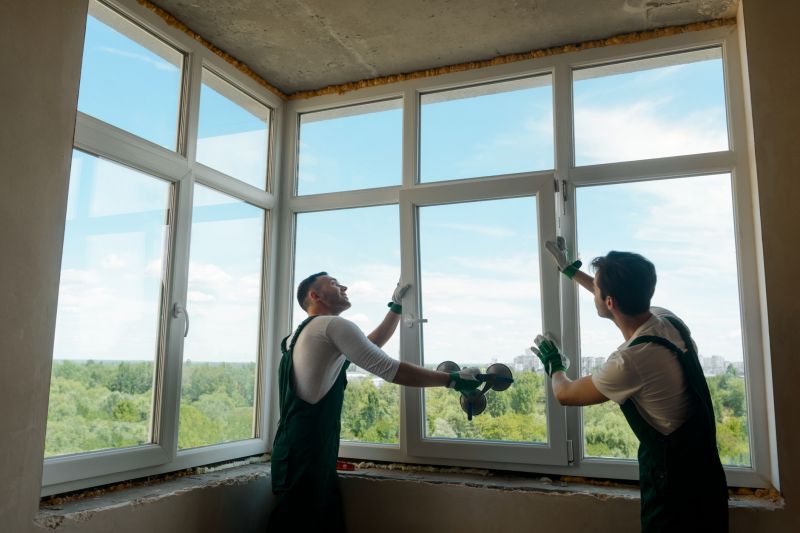
Ways to make Windows Installations work in tight or awkward layouts.
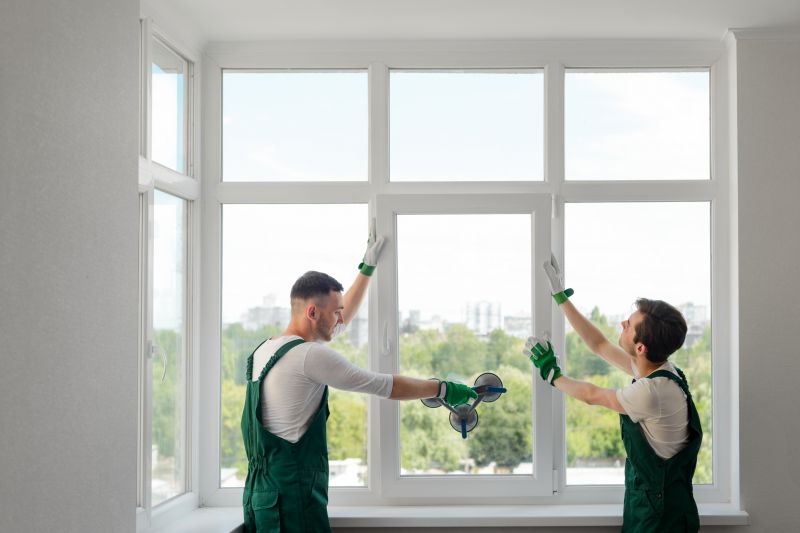
Popular materials for Windows Installations and why they hold up over time.
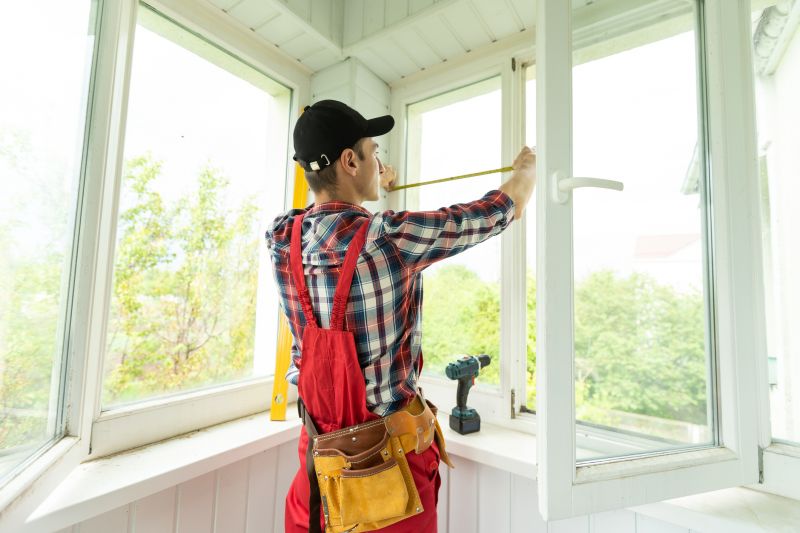
Simple add-ons that improve Windows Installations without blowing the budget.
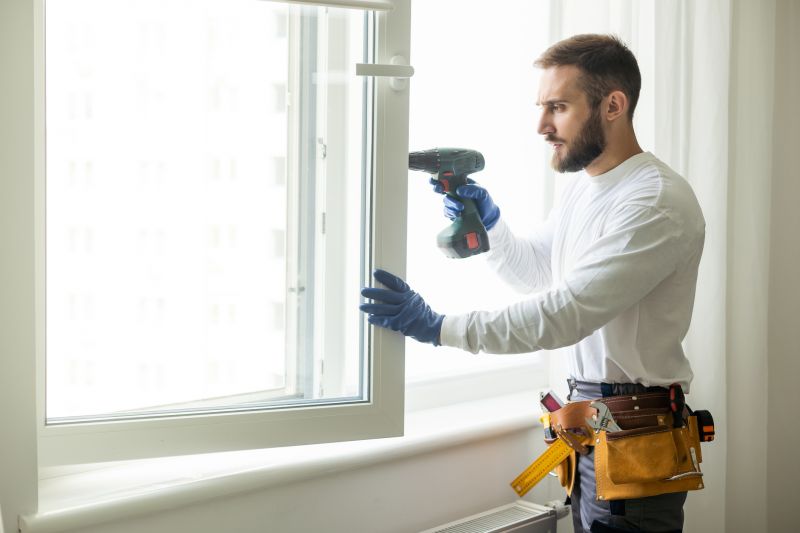
High-end options that actually feel worth it for Windows Installations.
Interested parties are encouraged to contact for scheduling windows installations at a time that aligns with their operational needs. Proper planning and timing can lead to more efficient and effective system upgrades, ensuring minimal disruption and optimal performance.


